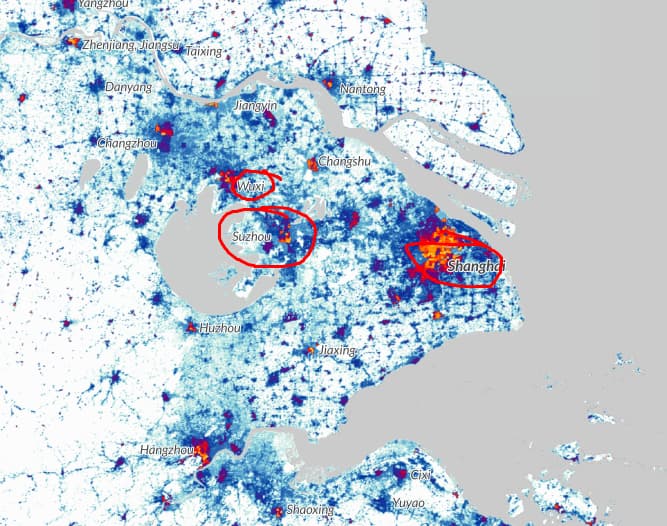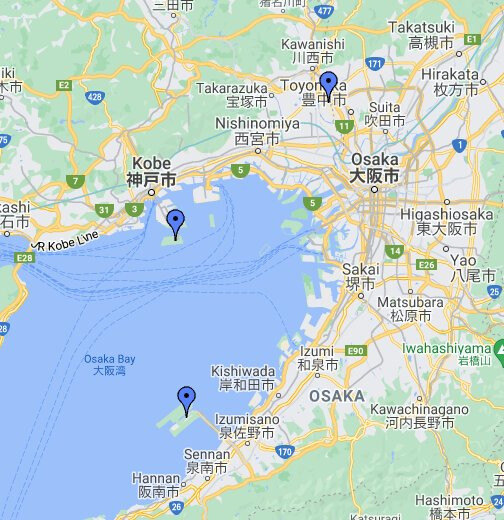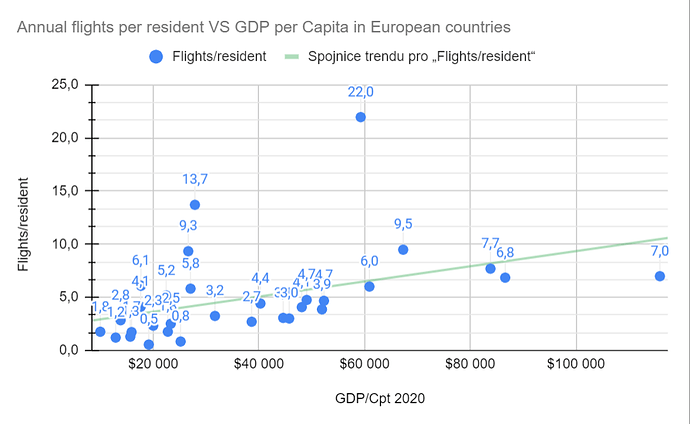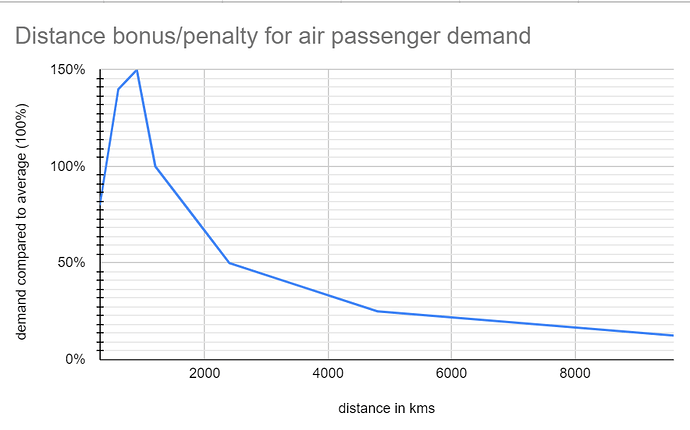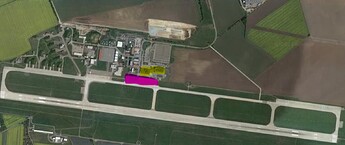I want to discuss some of the points you all raise up.
Let me preface with two of my own:
- Airlinesim was created and exists to provide a realistic airline simulation, or in Martin’s words:
If we want to factor in other forms of transit, it changes the element of the game… for this there is already transport simulation games for many methods of transit, and Airlinesim loses its essence. I personally would not like that to happen.
- I’m not sure this is the (correct) thread to talk about this stuff…
But now, to your points…
Jan, posts 16/18:
a) Seasonality - of course we don´t want a game we have to be attending to 24/7 to manage, but would you consider making demand for different airports flexible by half-year summer-winter seasons, which could be somewhat manually determined, that airports in XY climate would have a XY% hike in demand during summer or winter.
So if we do twice-yearly shifts, imagine an airline (and these aren’t unrealistic figures, despite their look) that has about 2500 planes spread across a few subs. So to catch this demand change, a player would have to set aside a few days every 6 months to essentially redo 500 plane schedules or something (higher if the model is built on this demand)? Does anyone really want to do this??? I sure don’t…
Additionally, if an airline has traffic rights in say Greece, where do they send their planes in the winter? Does it make sense to ask a player to essentially shut down an airline for 6 months or so? Because I tell you that, there is not enough winter complementary destinations from Greece (and many other hubs) to offset the summer demands (and vv)… so that rules out possible markets for people to play, further aristocratizing servers and corraling the players to battle it out for the “decent” all-year hubs…
Additionally the airlines that do scale back (say your SunExpress) often have other revenue streams within the company to offset the cost of keeping the planes well during the winter. This really can’t be modeled in AS, and the model gets inviable pretty damn quickly.
- Average annual temperature at an airport (lots of weather data sites out there): This could help determine kind of medditeran climate, which is where summer leisure goes
Well, it’s pretty hot in Kuwait in the summer, but you don’t go there for the beach…
- Elevation: It´s possible to also get elevation data globally, so it could be used as a definition helper for winter leisure travel
Not every mountain is used for skiing/trekking…
- Water: the maps that show where the airports are, show the immediate map in the AS even today - if a software could analyze, how much of a picture of a map, that shows let´s say 100km around the airport, is blue (water), it could be an indicator, that the airport is on an island, at a seaside, etc., which are huge demand factors
Yeah, but not every island/seaside is for tourist demand, hardly anyone goes to TLL for water vacation despite being on the gulf there…
What I mean, is that modeling demand that is based on human infrastructure and purpose, modeling it based on raw geography, would do it a disservice.
b) Demand by population in catchement area and not an exact airport - it is possible to insert population “heatmaps” from different sources, recently the game NIMBY rails did it. Would You consider generating demand for given airport based on a combination of population in a defined area and an average local GDP/capita for example? Both accessible datasets. I am mentioning this, because today the demand of different airports is set from the real world traffic, which pushes the virtual players to replicate existing real world networks, while in reality the traffic on the big airports is now given historicaly, not necessarily by such demand. For example the demand in the CGN/DUS/DTM area would be very similar for all three airports originally as of population and GDP, but “by accident” in the real world DUS has the most pax, and CGN is a Cargo hub. But it would be nice if AS players wouldn´t be pushed into doing the same, and instead have the chance to develop concepts on different airports based on a catchment area demand.
Well, the catchment demand area the best way I see it is if we tallied together the demands of the airports (as someone who has seen some demand stuff, it comes per AIRPORT, not per area), if we got all of the airports in an area and aggregated their demands… (and even then we have to settle what is an “area” especially in more ambiguous areas such as in Brazil…), because if we just do raw city areas (or ISO 3166’s) then we can just pair the biggest cities and that’s it… oh wait… After Dropping Chicago - Beijing, American Airlines Considers Ending All Chicago - Asia Flying - View from the Wing - that’s a very good read btw
So is just pairing populous rich cities how airline demand works? No! Is that the way it should be in AS? In my opinion, no… if so like Thomate says below, it becomes a sandbox, and that is not what this game in my opinion is, should, or wants to be… if we want this game to be a realistic situation, the demand (whether city or airport) has to be realistic, and the best quantifiable way to do this is through schedule data / pax numbers per route. Sure, this doesnt allow for creation of demands like LCC airlines do, but can an algorithm such as Airlinesim’s predict the WIZZ-style decisions that are done in a human mind to book to some unknown beach just because it is for 9 quid? Can a computer decide whether a ticket to Durham MME for $9 is worth less than a ticket to Tarragona for $9?
Can an AS-style airline with no ancillaries even break even on this kinda pricing? Should it be what we want? Then some of you complain about “price dumps”… lmaoo
Myquandro, post 19
If I’m looking at travel demand to for example Spain in summer, why is it that there are specific cities/regions that the Dutch go to, and other for the British and others again for the Germans? Why does this clustering happen, is it quantifiable and can it be programmed into the game? And I guess there are many more of these quirks all around the world, because we’re dealing with people that don’t always make logical and easy to understand decisions.
One would think this would be already justified using existing demand data. Why those clusters happen, I frankly don’t know.
For example Australia has high demand from the UK relative to other European countries due to the Political ties and shared history of the countries.
And the same can be seen with many West African countries and France, South Africa and Spain or between various Caribbean islands and several European countries.
But also less obvious is the demand between specifically New York and Israel because of the large Jewish population in New York or direct demand between China and San Francisco for a similar reason.
Looking at industry I would expect strong demand between The Bay Area and Shenzhen and Taiwan. Between Detroit and Southern Germany. Between New York, Hong Kong and London. But where the other examples are more focussed on economy passenger demand, strong relations on the basis of industries would be more focused on business passenger demand.
Are all economy passengers and all business class pax the same and have the same preferences? This is what the booking classes are trying to address.
Thomate, post 20:
At the moment, if I have a weekly demand of 600 pax a week on, let’s say, HAJ-HRG, it makes a lot more sense to fly seven times weekly with an A220-300. In real life, you’d go for a three times weekly A321 connection due to lower production costs
I think this raises again the need for more “old” aircraft and a feasible process for maintenance and retirement of an a/c. And how certain mx providers affect how “long” a plane lasts in service. And when it becomes more viable.
In most long term worlds the oldest plane is as old as the world itself. In Lima, we just got the one year old aircraft. Only in the stagnant ‘phase one’ worlds (< 2010) are any “old” aircraft truly in effect… but then again this also raises the point of how many established network carriers are willing to shift flight plans around and adapt them to new aircraft at the large scale if this retirement came into play.
TWAAir post 22,
This can even apply to the city itself: the airport with convenient transport to the city centre or city limit will be always more attractive than the one without.
How do we model this for every one of the airports? Is it the best use of resources to model the distance between the “center” (which is not obvious in every pattern of development, for example what is the “center” of Paris, or Bogotá?) of an airport vs catchment area (which again is subjective, for example is XCR part of Paris catchment?), for every one of thousands of AS airports? For me, best to use effort elsewhere… like fix unrealistic GN connections such as no ferries between the Canary islands… or EZE <> PDP (only the super rich with their Yachts, otherwise a 15h+ drive? this is “ground network”?)
Just a side note, i think it would be great if the connection flights are divided between domestic-domestic, domestic-international, international-international, with domestic-international (or international-international if that also requires passport control) having the longest transfer time.
Is every international <> international equivalent though?
For example as you say, since the US requires all pax to clear customs before ANY connection (and why many airlines refuse to sell itineraries such as CUN-MIA-FRA via MIA) this takes way longer than a connection that is on a “secure airside” such as in PTY where you clear no security before connecting. Additionally, a connection that is LGW - FRA - VRN will be shorter due to Schengen but is still international for the purposes of AS…
Currently, a lot of the airports’ connection times might be too optimistic, especially the ones in US for international connections.
Yeah… the numbers are pretty arbitrary though (it has to do with the airport size, something that IIRC is also arbitrary). It’s pretty hard to quantify what an “example” transfer looks like without consulting every airport bureau in the world if they even measure such data… and again, prompts the question, is this the best use of our 20 cents a day?
Myquandro, post 23
Another part is to try and find alternative solutions, like using a smaller more regional airport as your main transatlantic hub like PVD or try to find that sweet spot on the east coast for flight from the Northeast to the South, even though in real life that airport doesn’t handle more than 1 million passengers per year. Maybe for you Dubai isn’t the big hub between Europe and Asia/Oceania, but Muscat serves that role. The game should allow for those types of choices. So also airports that now don’t see any international flight should be able to handle them.
I don’t see how it doesn’t. I’ve seen plenty of hubs in ICT, DSM, OMA, HSV, MCT, SHJ, MED, things as such. If your hub is solely reliant on connection data and the geographical and airport constraints are ok, then it can (and is often) done. The issue if it doesn’t work then shifts to the player and how they do it, because it is most certainly possible…
TWAair post 25
Yes, but with considering of possible connections after long haul flights
I wish there was a way to quantify this and isolate this demand from the person who flies due to maybe no will to drive (because it’s a nightmare to navigate the toll systems, perhaps?)
Again, some interesting ideas as to how we model demand… but then we ask how much realism we are willing to sacrifice to have more demand pairs? Is this something we want?
And you aren’t solely constrained to what demand is for an existing airport in real life routes. For example, I run a flight from Madrid to Poznan, Poland. (There’s no OD demand to it or anywhere around from MAD) but it works with little connecting pax. It fills well…
If we’re just looking for new challenges, then simple, just expand the foreign investment list…

